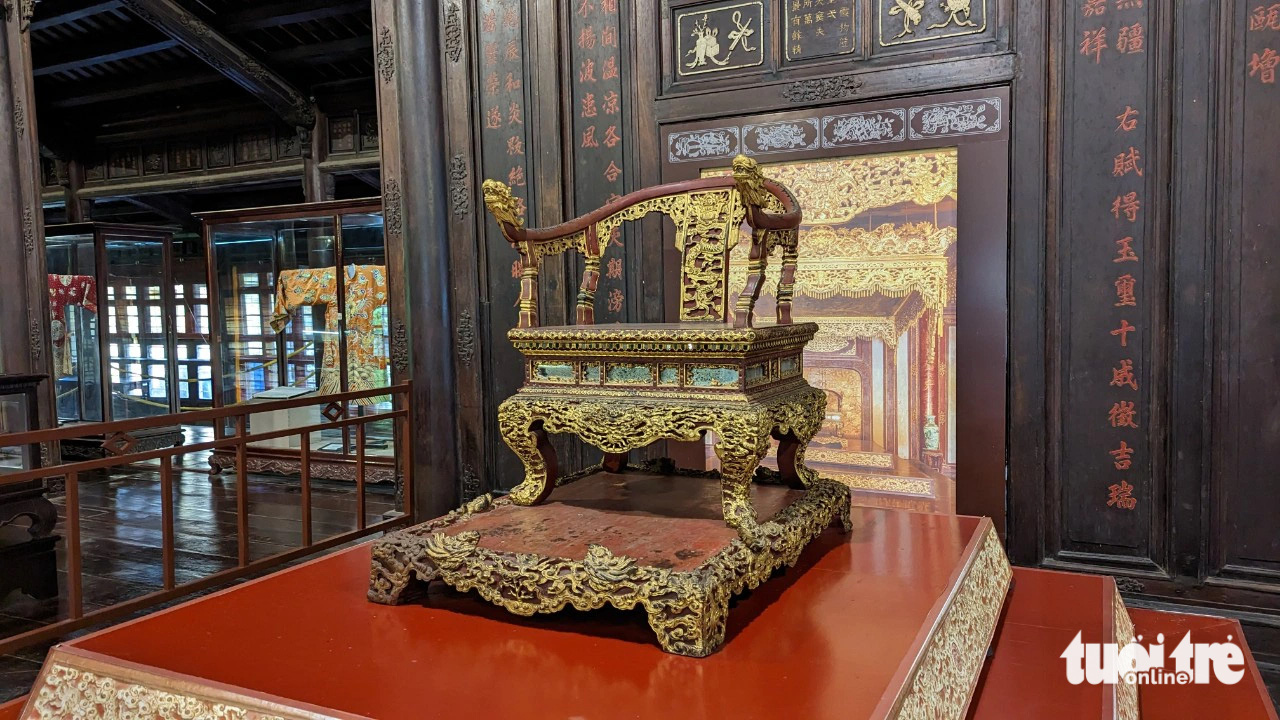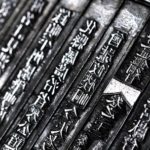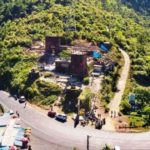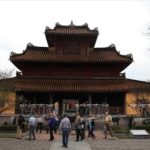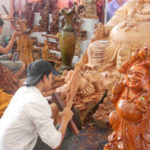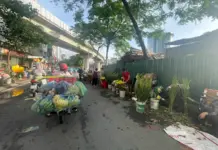Phygital Labs is set to revolutionize the way we experience history by digitizing 10 artifacts from the Nguyen Dynasty (1802–1945) and creating the first Metaverse virtual gallery.
The selected artifacts, a fascinating collection of thrones, palanquins, ritual shoes, golden branches, jade leaves, and the traditional xăm hường game with roots in the dynasty’s inner palace, will be the stars of this virtual exhibition, accessible to all via museehue.vn.
By leveraging Near-Field Communication (NFC) technology and Nomion, a cutting-edge digital identification system, visitors can interact with these artifacts in a whole new way. With a simple scan of their smartphones, they will be transported back in time, uncovering the stories, origins, and cultural significance of each piece.
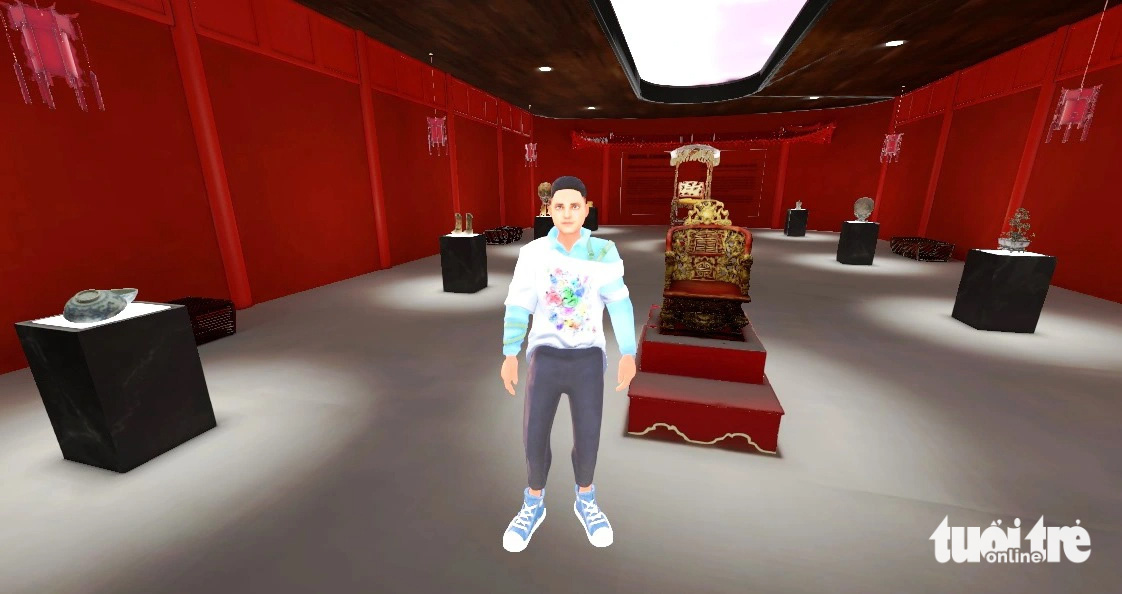 |
| Royal antiquities come to life in the Metaverse. Photo: Nhat Linh / Tuoi Tre |
Hoang Viet Trung, Director of the Hue Monuments Conservation Center, praised the potential of Nomion technology, developed by Phygital Labs, in aiding the digitalization and preservation of these priceless artifacts and the dynasty’s rich heritage, as reported by the Vietnam News Agency.
Trung also expressed their team’s ambition to utilize the gallery as a platform to showcase Vietnamese culture and history to a global audience, especially with the potential reach of over 20 million users of Apple Vision Pro and Meta Quest.
Spratly and Paracel Islands on the Hue Nine Dynastic Urns
Hue’s nine dynastic urns are not only national treasures indicating the authority and power of the Nguyen Dynasty, the final feudal dynasty of Vietnam, but also evaluated as a geographical book, a unique encyclopedia of Vietnam in the early 19th century. In particular, on the nine dynastic urns, many names of mountains, rivers and marine islands of Vietnam are shown quite clearly and convincingly. This shows that our ancestors had deep awareness of national sovereignty, including marine islands.

